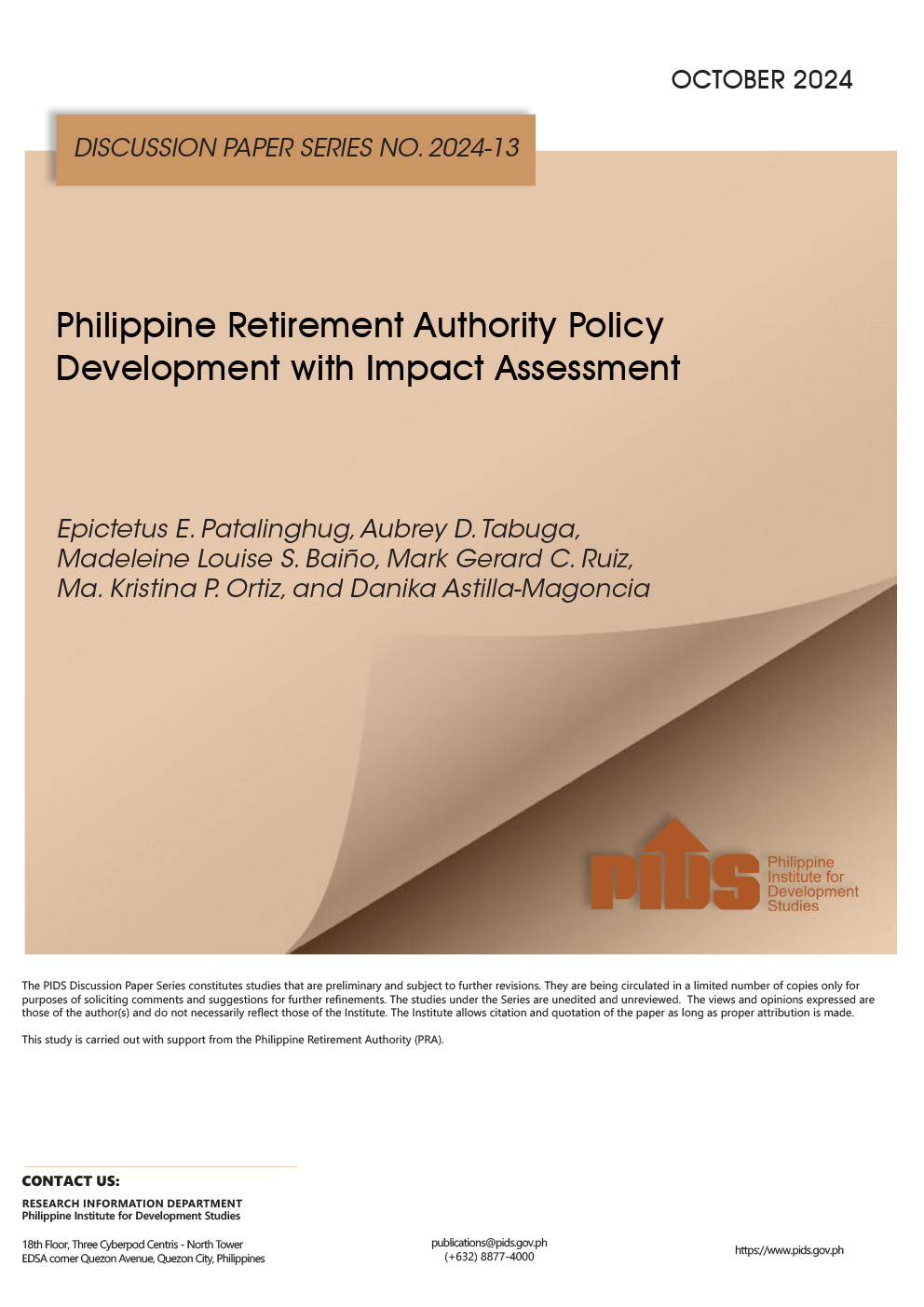MANILA – The College of Arts and Sciences of the University of the Philippines Visayas hosted a webinar on the “Implementation of the Mandanas-Garcia Supreme Court Ruling and Role of Local Governments in National Development” attended by 340 participants from the various sectors.
The webinar speaker, Philippine Economic Society president Charlotte Justine Diokno-Sicat, highlighted several points including the Local Government Code (LGC) of 1991, budgeting implications of the Mandanas-Garcia Ruling, and how improved local governance could be useful in national development.
The Mandanas–Garcia Ruling is the Supreme Court's decision in 2018 to reallocate the budget intended for local governments. National Tax Allotment or NTA (formerly known as the Internal Revenue Allotment) was previously calculated based solely on Bureau of Internal Revenue collections.
Beginning 2022, there is a 38 percent increase in the NTA because the base of which its computation was broadened now includes the collection from the Bureau of Customs and other tax collecting agencies. This represents a PHP263.5 billion increase from 2021 figures, resulting in a national budget of PHP959 billion in 2022.
In support of the said ruling, Executive Order No. 138 was issued in June 2021 for the implementation of the full devolution transition of services and facilities to the local government units (LGUs). This period of transition from the national government (NG)is scheduled to be completed by 2024.
"[Devolution of powers is] to transform LGUs into self-reliant communities and active partners in the attainment of national goals through a more responsive and accountable local government structure," Diokno-Sicat said.
She also emphasized the term “re-devolution” since these basic services have already been initially assumed by the LGUs based on the local government code in 1991 or the Republic Act 7160.
“Already devolved functions na ito, pero (These are already devolved functions, but) some LGUs were still given assistance for these national programs. In the case of 2022, whatever the collection from 2019 by the BIR, 40 percent of that will go to LGUs as a total. That 40 percent is divided across different levels of LGUs”, she explained.
She also mentioned that policymakers decided to reduce some of the NG–LGU support programs and prioritize poorer LGUs if these [services] were to be continued.
Local development fund importance
According to a study conducted by the Philippine Institute of Development Studies (PIDS), local governments do not invest enough in infrastructure, which has long-term effects. According to Commission on Audit statistics, municipalities spent just around 76 percent of the mandatory Local Development Fund, which is the principal source of local infrastructure spending by LGUs, in 2017. This fund accounts for 20 percent of the NTA and will grow this year.
“This represents a loss in terms of the potential of economic growth and development," Diokno-Sicat explained.
The NTA will be substantially smaller in 2023 than it was in 2022, according to the report.
She advises local governments to make the most of this year's budget because failure to do so will stifle local development.
UP economist emphasizes role of LGUs in nat’l development












